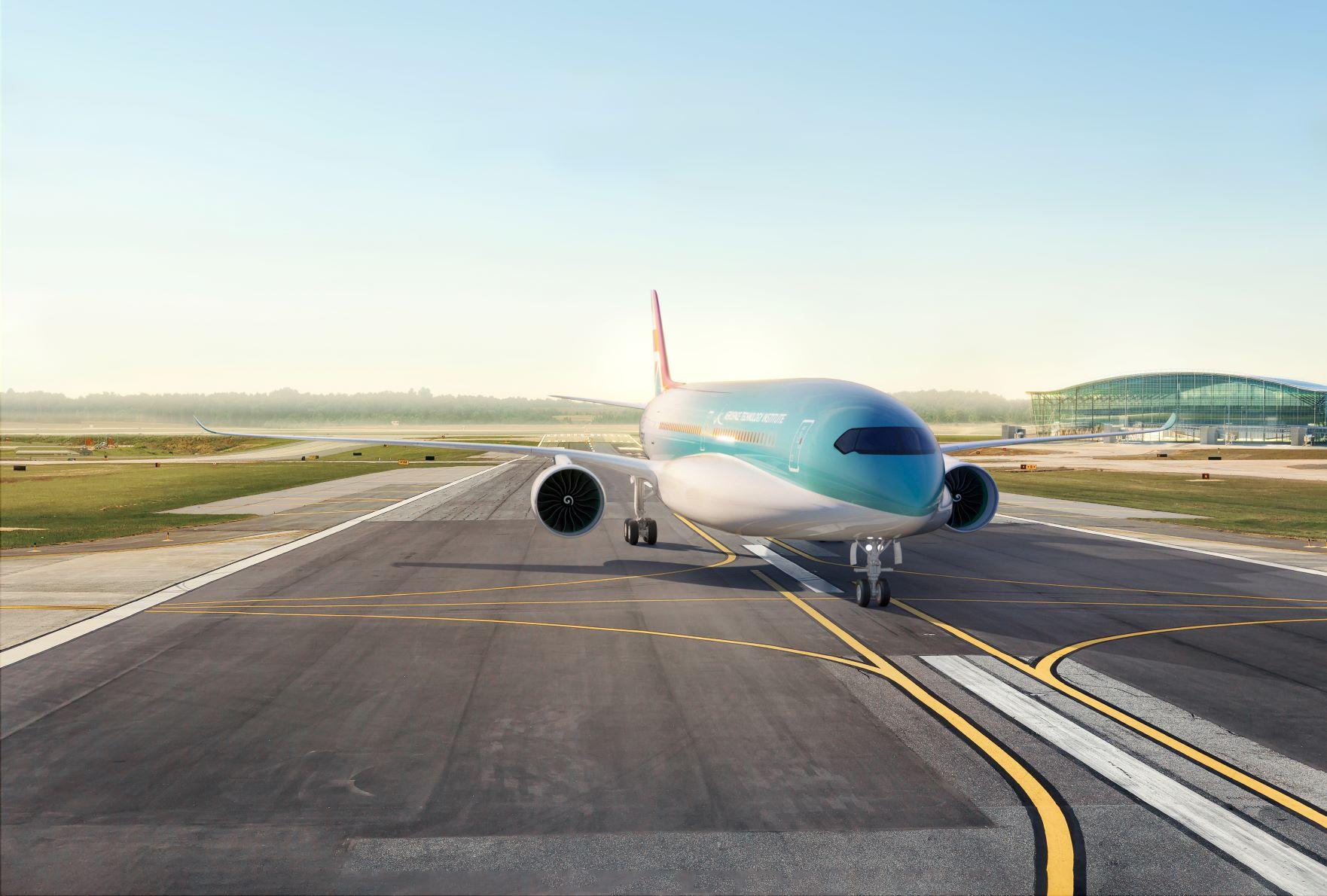
Credit: ATI
Hydrogen-fueled airliner concepts to-date have been criticized for their lack of growth potential in range and payload, but a new design outlined by the UK’s Aerospace Technology Institute (ATI) indicates the potential for a viable design capable of carrying 279 passengers on non-stop flights up to...
Subscription Required
This content requires a subscription to one of the Aviation Week Intelligence Network (AWIN) bundles.
Schedule a demo today to find out how you can access this content and similar content related to your area of the global aviation industry.
Already an AWIN subscriber? Login
Did you know? Aviation Week has won top honors multiple times in the Jesse H. Neal National Business Journalism Awards, the business-to-business media equivalent of the Pulitzer Prizes.

